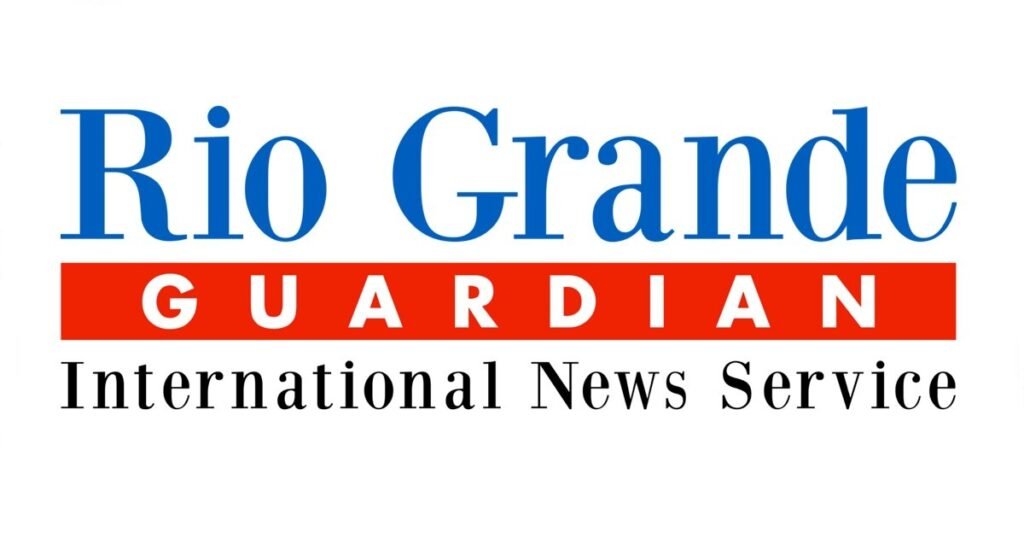The Ongoing Struggle Against Poverty in Hidalgo County, Texas
Understanding Hidalgo County’s Poverty Landscape
Hidalgo County, Texas, faces a significant challenge with a poverty rate currently standing at 27.1%, more than double the state average of Texas. The statistics are even more alarming when it comes to children, with a staggering 39% living in poverty. These figures emphasize the urgent need for targeted measures to uplift the community.
The Impact of the Prosperity Task Force
In 2019, Hidalgo County Judge Richard Cortez initiated the Prosperity Task Force with a clear objective—to reduce poverty and improve the overall economic landscape in the region. This initiative has made some headway. Since its inception, the county’s poverty rate has decreased from 29.5% to the current 27.1%, representing a decline of approximately 2.4%. According to Jaime Longoria, the director of the Hidalgo County Community Service Agency, this translates to about 19,000 fewer people living in poverty, which corresponds to 6,000 households being lifted out of poverty in just five years.
A Commitment to Change
In a December speech, Longoria highlighted Judge Cortez’s vision for a changed trajectory, stating:
“If Hidalgo County residents are to enjoy future economic growth and prosperity, we must reduce our poverty rate.”
Judge Cortez has articulated the long-term goal of transforming the cycle of poverty into a cycle of prosperity, where increased investment drives more opportunities.
Future Challenges Looming
Despite these achievements, there are growing concerns that recent federal budget cuts could reverse the progress made. During a recent podcast with Rio Grande Guardian, Mario Reyna, coordinator of the Prosperity Task Force, voiced these concerns. As federal funding programs that support essential services face cuts, many fear that the already vulnerable communities will be disproportionately affected.
Understanding the Legislative Landscape
Reyna elaborated on the implications of legislative measures like the One Big Beautiful Bill Act (OBBBA), which, while beneficial for wealthier individuals, may overlook those dependent on federal support:
“At the end of the day, the way I personally see it (OBBBA) is not going to be such a great idea, because if we have the situation that we’re in right now, where we’re at a 27 percent poverty rate, this is going to go a different direction.”
Reyna emphasized that the focus must be on those utilizing essential services, such as food assistance and medical care, which could be jeopardized by funding cuts.
The Role of Federal Funding in the Local Economy
Reyna pointed out the significant impact of federal funding on local employment in the Rio Grande Valley. With around 180,000 federally funded jobs in the area, each government position could potentially create two additional jobs in the community. This means that cuts to federal funding do not merely affect jobs directly tied to government programs; their effects ripple through the entire community, impacting local businesses that rely on a healthy economy.
Health Care and Housing Concerns
The ramifications of funding cuts extend into critical sectors like healthcare. Reyna warned that reductions in Medicaid funding could lead to rural hospitals such as Starr County Memorial Hospital being unable to provide necessary services:
“If the cuts that they’re talking about get implemented, then all those small communities are going to be without any care.
He also discussed the potential 43% cut to Section Eight Housing across the Rio Grande Valley, which would make securing affordable housing vastly more difficult for low-income families.
Call to Action for Residents
As discussions continue, Reyna urges Hidalgo County residents to contact their elected officials and express their concerns regarding these upcoming changes. The community’s input can play a crucial role in shaping legislation that supports rather than undermines efforts to alleviate poverty and enhance economic stability.
Conclusion
The ongoing fight against poverty in Hidalgo County is complex and multifaceted, highlighting the need for sustained efforts and community engagement. While the Prosperity Task Force has shown some success, potential legislative changes raise concerns that could hinder progress and further exacerbate the challenges faced by the county’s most vulnerable populations. For lasting change, an involved community and sound policy decisions remain critical.
By focusing on collaborative efforts and advocacy, Hidalgo County can strive toward a more prosperous future for all its residents.


